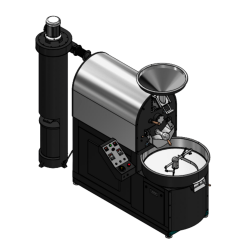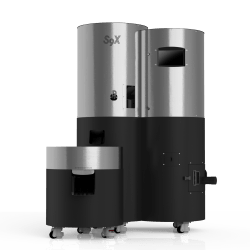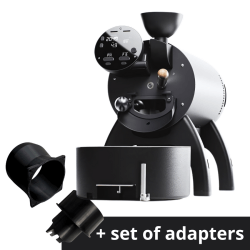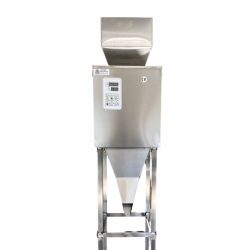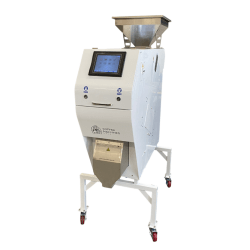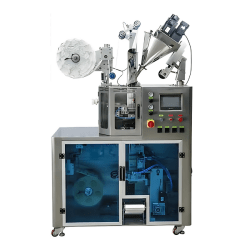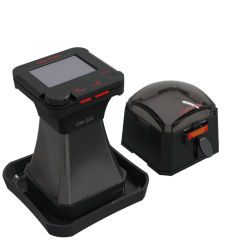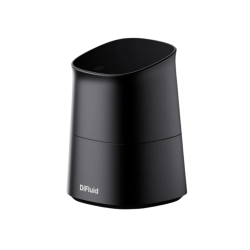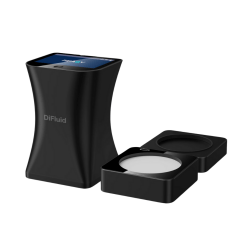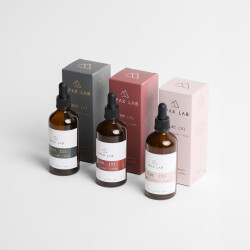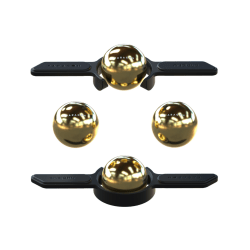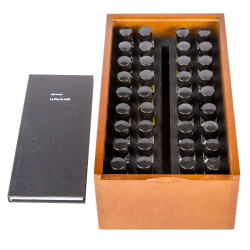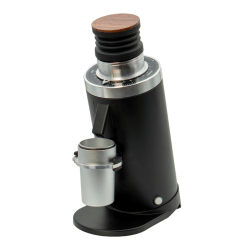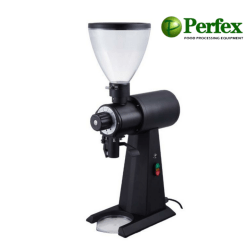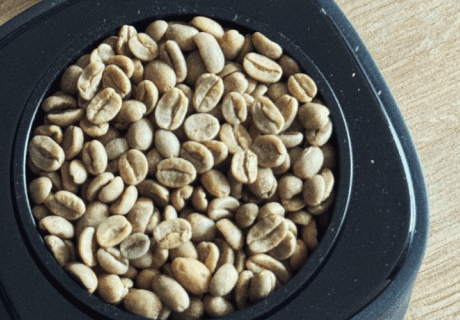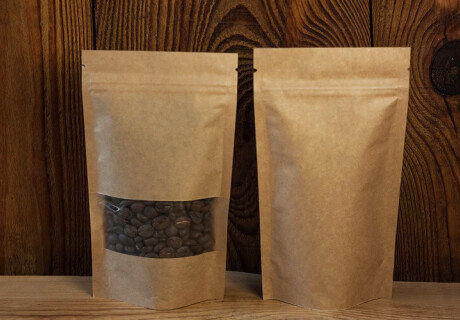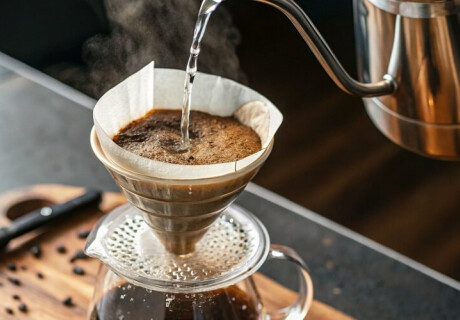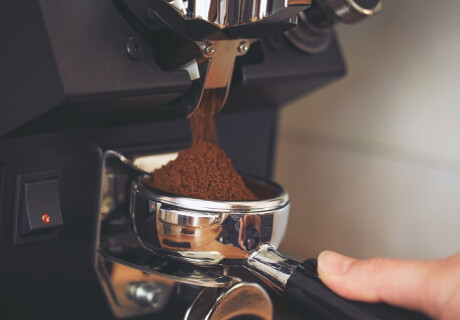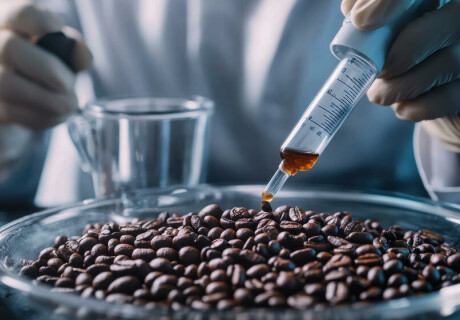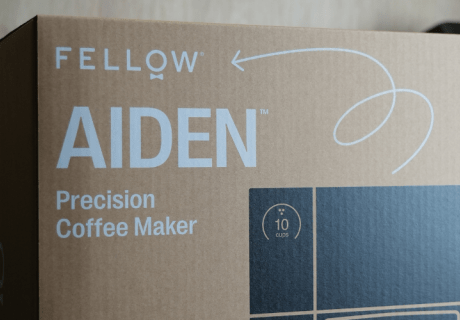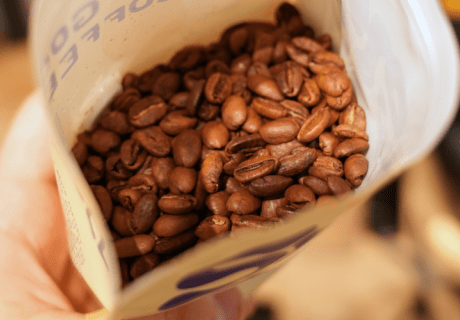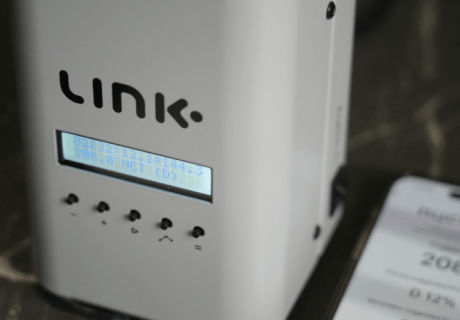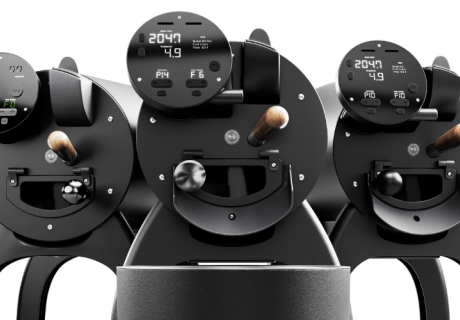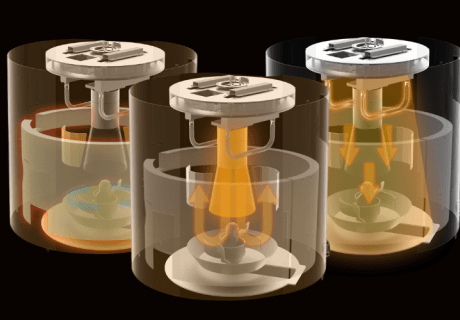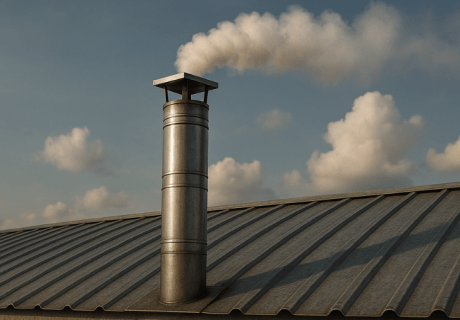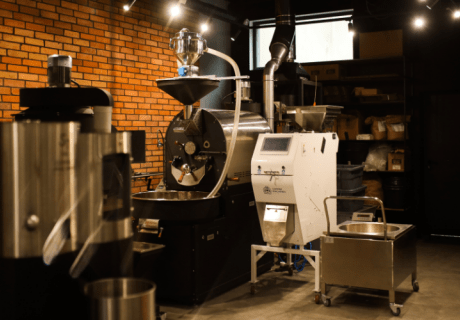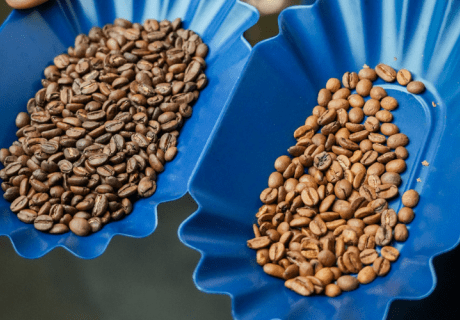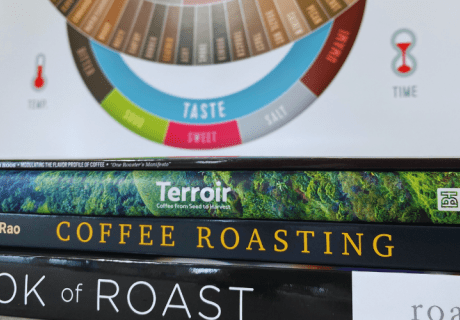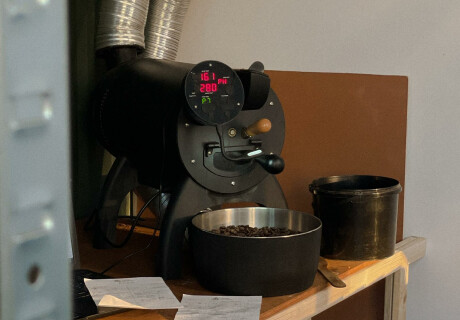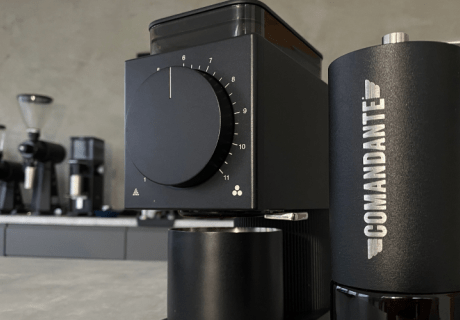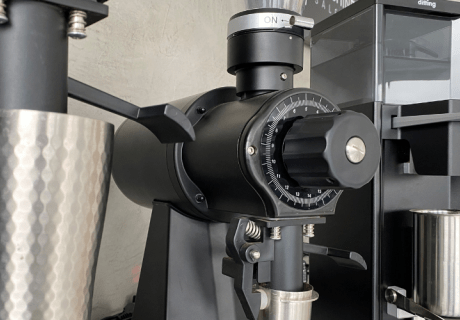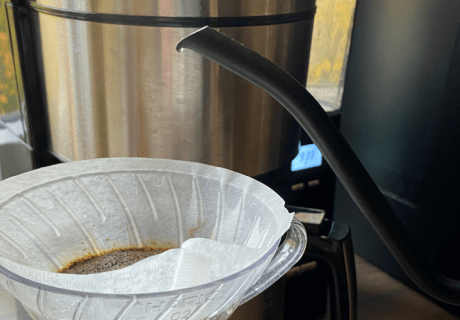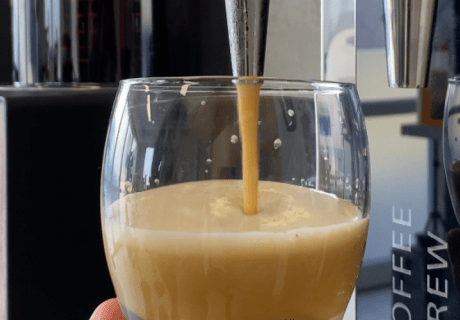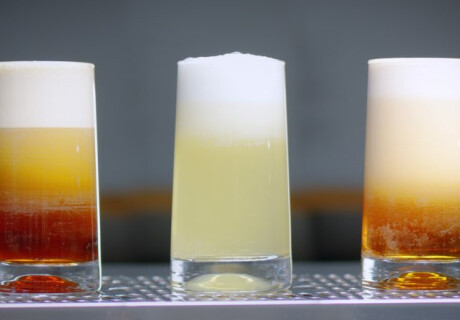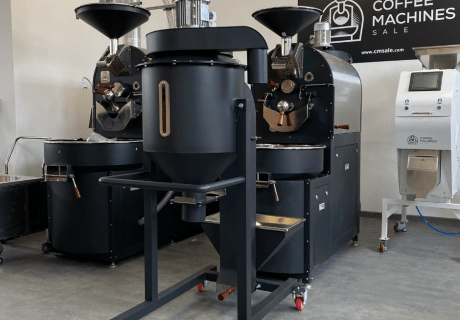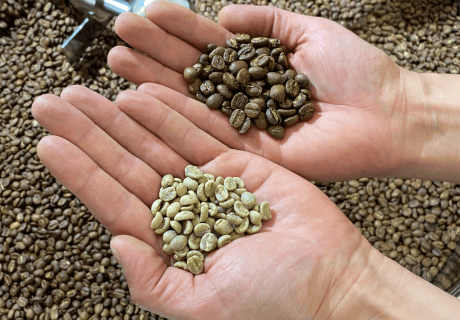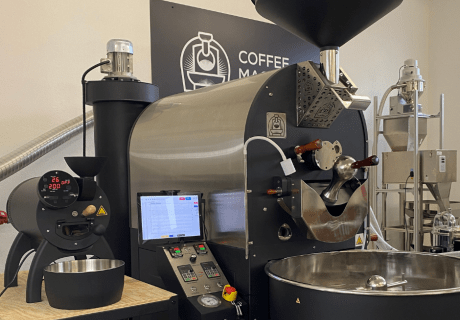The Science of Water Activity in Roasting
Introduction to Water Activity in Coffee
Water activity (aw) is a critical parameter in the food industry, representing the availability of free water in a product for microbial growth and chemical reactions. Unlike moisture content, which measures the total water present, water activity specifically measures the water that can actively participate in biological and chemical processes. In the context of coffee beans, water activity affects their stability, flavor development during roasting, and overall shelf life. Understanding and managing aw in coffee can help roasters produce higher-quality beans with desirable flavor profiles and extended shelf life.
Scientific Explanation of Water Activity
Water activity is defined as the ratio of the vapor pressure of water in a substance to the vapor pressure of pure water at the same temperature, measured on a scale from 0 to 1. Typical values for coffee range from 0.20 to 0.60, with green coffee beans usually falling between 0.50 and 0.60. Measurement of aw is done using specialized meters that assess the equilibrium relative humidity of a sample. While moisture content refers to the total amount of water in a product, water activity indicates the water available for microbial and chemical activity. For example, two coffee samples with the same moisture content can have different water activities, impacting their behavior during storage and roasting.
Water activity influences microbial growth, chemical reactions, and physical properties of coffee beans. Lower aw levels inhibit the growth of bacteria, yeast, and molds, preventing spoilage. It also affects Maillard reactions and enzymatic activity, vital for flavor development during roasting. Additionally, aw impacts the texture and structural integrity of coffee beans, influencing their response to roasting.
Water Activity and Coffee Roasting
Coffee roasting involves heating green coffee beans to transform their chemical and physical properties, developing flavor, aroma, and color. The process can be divided into stages: drying, browning, and development. Water activity impacts the roasting process in several ways. Beans with higher aw have more free water, affecting heat transfer and potentially leading to uneven roasting. Aw influences Maillard reactions and caramelization, essential for creating complex flavors. Optimal aw levels ensure balanced development of desirable flavor compounds. Properly managed aw levels help achieve consistent flavor profiles by ensuring uniform heat distribution and controlled chemical reactions, resulting in a well-balanced cup of coffee with desirable notes and aromas.
For green coffee beans, an optimal aw range of 0.50 to 0.55 is recommended to maintain bean integrity and promote uniform roasting. Coffee roasters can measure aw using portable water activity meters and control it through proper storage conditions, such as maintaining a stable, cool, and dry environment. Experts agree that maintaining consistent aw levels is key to achieving high-quality roasted coffee, with industry standards emphasizing regular monitoring and adjustments.
Challenges and Solutions
Inconsistent aw levels can arise from variations in storage conditions, affecting roasting outcomes. Inaccurate aw readings can result in poor quality control. Practical solutions include proper storage using airtight containers and climate-controlled environments, routine aw checks, and humidity control measures like dehumidifiers and humidity packs. Successful coffee roasters often share their experiences of managing aw to achieve consistent, high-quality roasts, highlighting the significant improvement in uniformity and flavor profile with proper aw management.
Maintaining optimal aw levels extends the shelf life of roasted coffee by reducing the risk of microbial growth and chemical degradation, ensuring the beans retain their flavor and aroma. Effective packaging, such as vacuum-sealed bags and moisture barriers, helps maintain optimal aw levels. Additionally, storing roasted coffee in cool, dry places preserves its quality.
Future Trends and Research
Ongoing research explores advanced methods for precisely controlling aw and its effects on coffee quality. Innovations in measurement technology and storage solutions are at the forefront. Future trends include the development of more accurate and affordable sensors for real-time aw monitoring, integration of automated systems in roasting facilities, and a focus on sustainable practices for managing aw, including eco-friendly packaging and storage solutions.
Measuring water activity was too expensive for micro-roasters - with help comes the Dilfuid Omix, which measures both moisture and water activity at a reasonable price.
Understanding and controlling water activity in coffee is essential for producing high-quality roasted beans. By maintaining optimal aw levels, coffee roasters can enhance flavor development, extend shelf life, and ensure consistency in their products. As the coffee industry evolves, advancements in aw management will continue to play a critical role in delivering the perfect cup of coffee. Roasters are encouraged to prioritize aw as a key factor in their roasting process, leveraging technology and best practices to achieve the best possible results.

